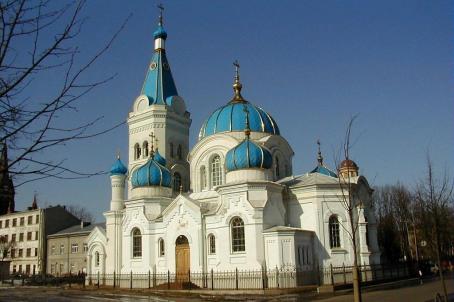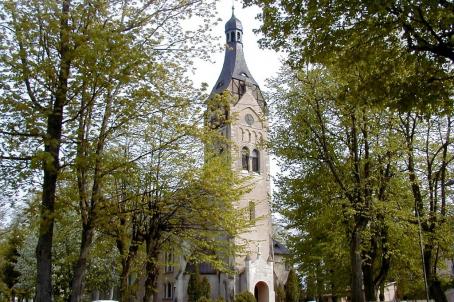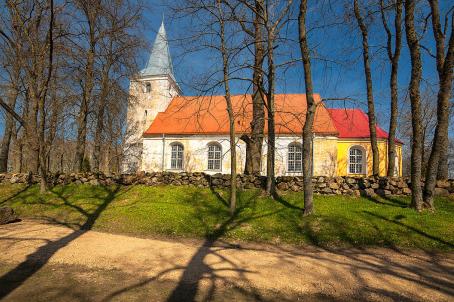Cathedral of the Blessed Virgin Mary

The Roman Catholic Cathedral of the Blessed Virgin Mary was built between 1902 and 1906 on a former 17th-century Catholic church. During the French Revolution, the future Louis XVIII lived in Jelgava with a courtyard, which left the church with very luxurious liturgical utensils. Although it briefly bore the title of cathedral between 1783 and 1798, it was not until 1995 that the church was finally erected as a cathedral.





